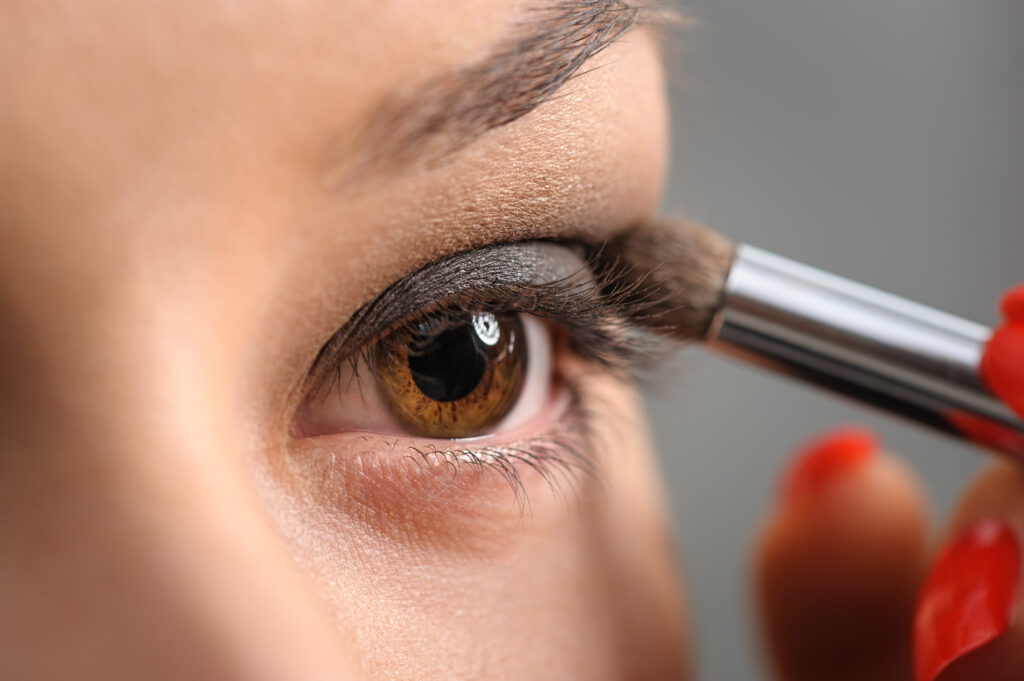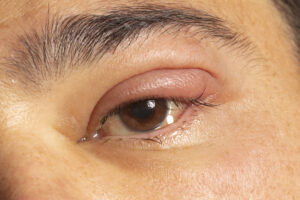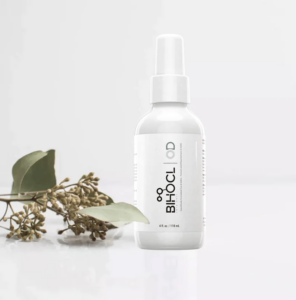Waterproof makeup is cunningly engineered to defy water and smudging, granting it a greater longevity than ordinary makeup products. While it can be advantageous for individuals with watery eyes and specific situations, like swimming or inclement weather, there are potential drawbacks and hazards linked to employing waterproof makeup in the vicinity of the eyes. Here are a few reasons why waterproof makeup might not be the optimal choice for your eyes:
Eye Irritation: The constituents in waterproof makeup, including certain pigments, waxes, and polymers, have the propensity to be more vexing to the delicate skin and tissues surrounding the eyes. Prolonged exposure to these constituents can engender dryness, itching, redness, or allergic reactions, particularly if you possess sensitive skin or pre-existing eye conditions.
Obstructed Oil Glands: Waterproof makeup has the capacity to contribute to the obstruction of oil glands along the eyelids, known as Meibomian glands. This can disrupt the production of the oily element of tears, leading to dry eyes or exacerbating existing symptoms of dry eye.
Arduous Removal: Waterproof makeup is concocted to cling tenaciously to the skin and withstand water, which can render its removal more challenging. The necessity for vigorous rubbing or the utilization of harsh makeup removers to eliminate waterproof makeup from the eye area can cause irritation, redness, and harm to the delicate skin encircling the eyes.
Escalated Risk of Infections: Waterproof makeup may foster a more favorable environment for the proliferation of bacteria or other microorganisms. This can heighten the risk of eye infections, such as conjunctivitis (pink eye) or styes, particularly if the makeup is not adequately removed or if it comes into contact with the eyes themselves.
To diminish the potential hazards associated with waterproof makeup and safeguard eye health, contemplate the following:
- Restricted Usage: Reserve the application of waterproof makeup for specific occasions or circumstances where its water-resistant properties are indispensable.
- Gentle Removal: Employ a gentle, oil-based makeup remover exclusively formulated for waterproof makeup. Steer clear of excessive rubbing or tugging on the delicate eye area.
- Patch Test: Prior to applying waterproof makeup around the eyes, execute a patch test on a small section of skin to assess for any unfavorable reactions or sensitivity.
- Hygiene and Freshness: Ensure that your makeup products, including waterproof ones, are within their expiration dates. Replace antiquated or expired products to diminish the risk of contamination or irritation.
- Regular Eye Care: Uphold good eye hygiene, encompassing proper contact lens care (if applicable), periodic eye examinations, and promptly removing eye makeup before retiring to allow your eyes to respire and recuperate.









